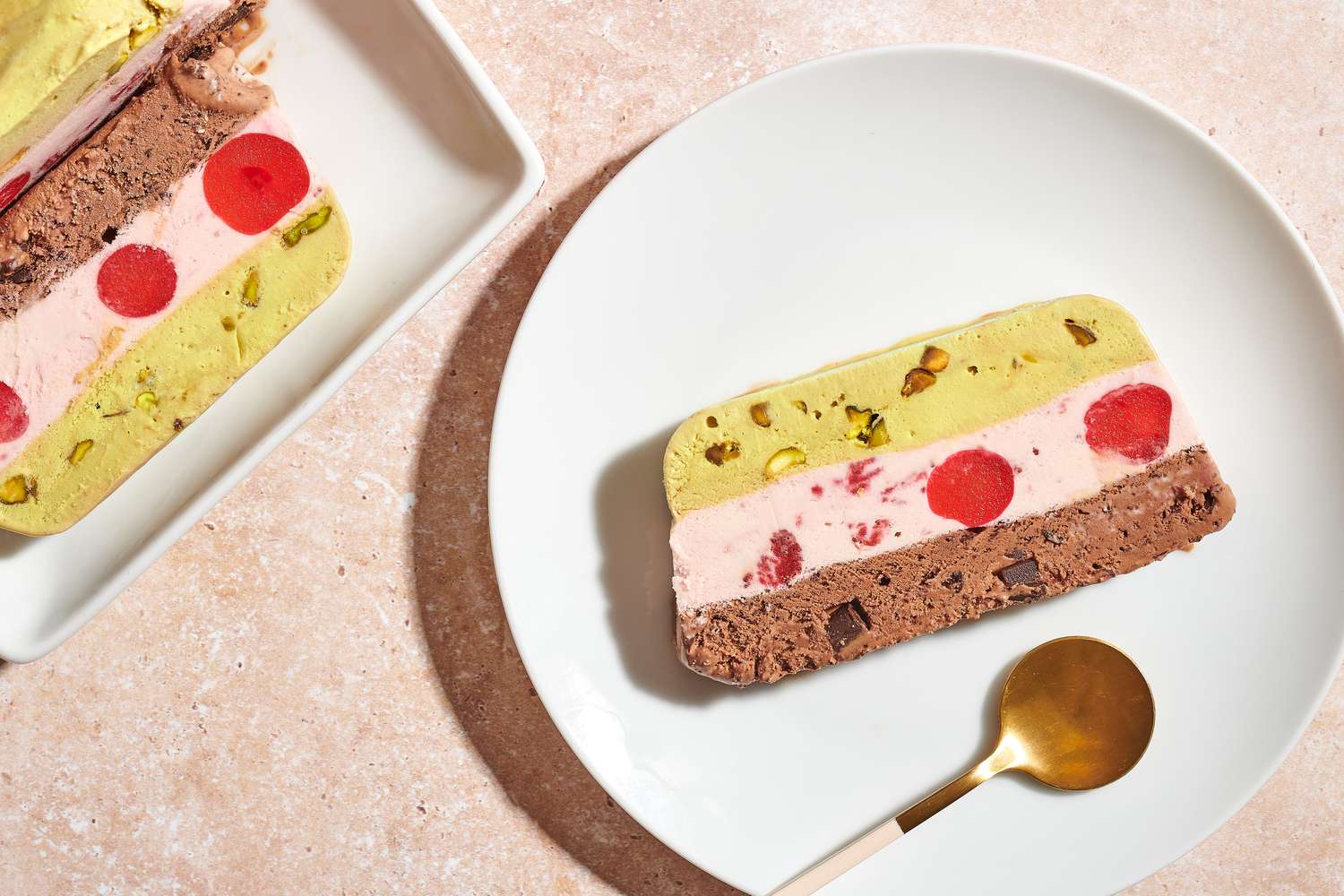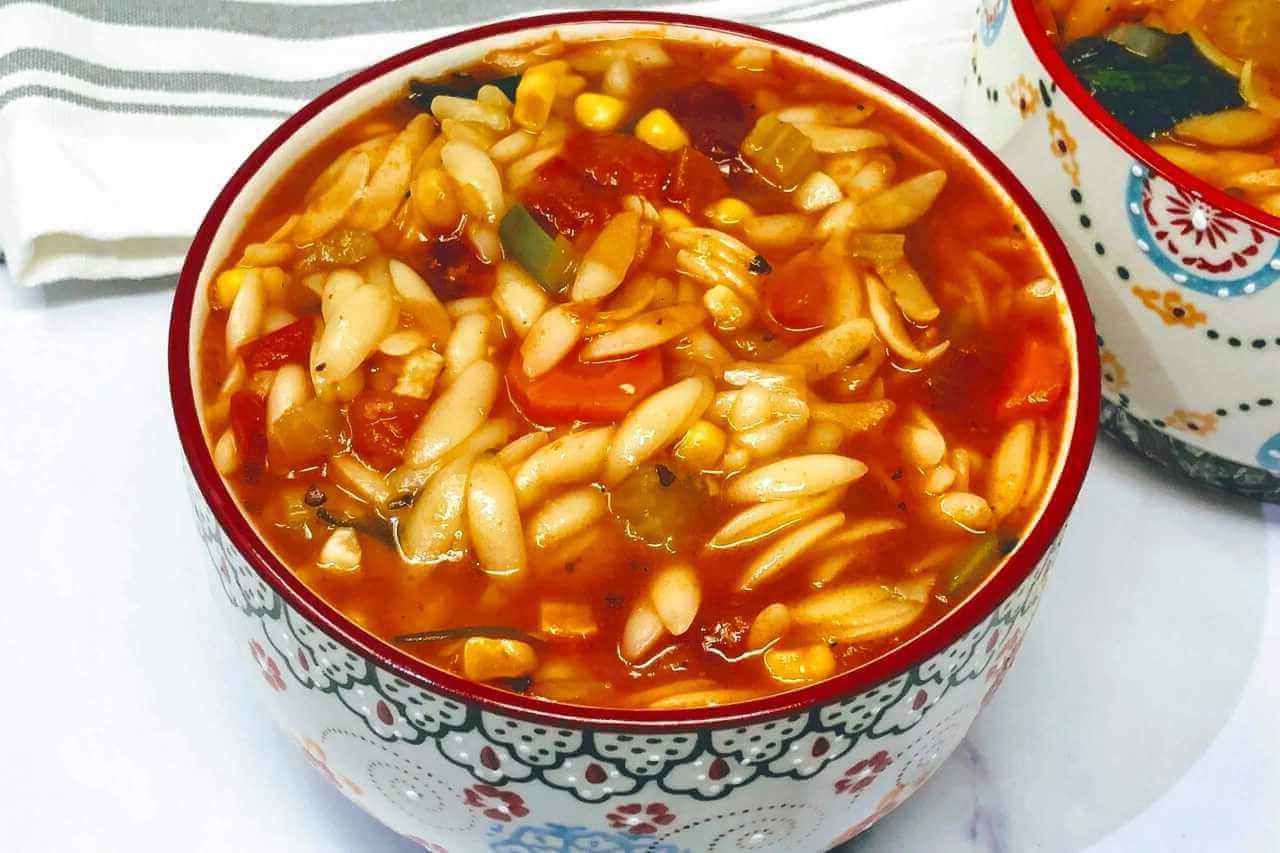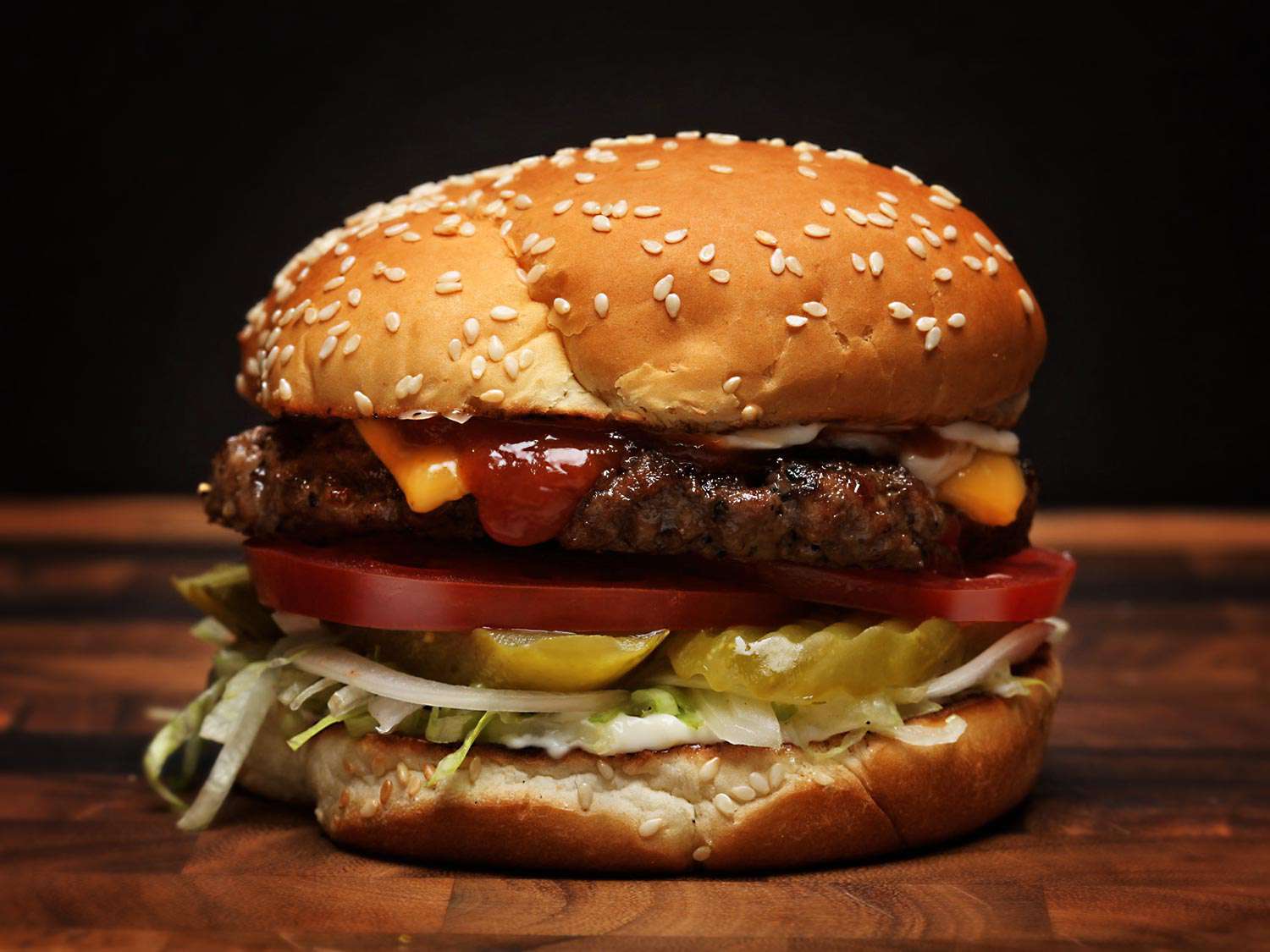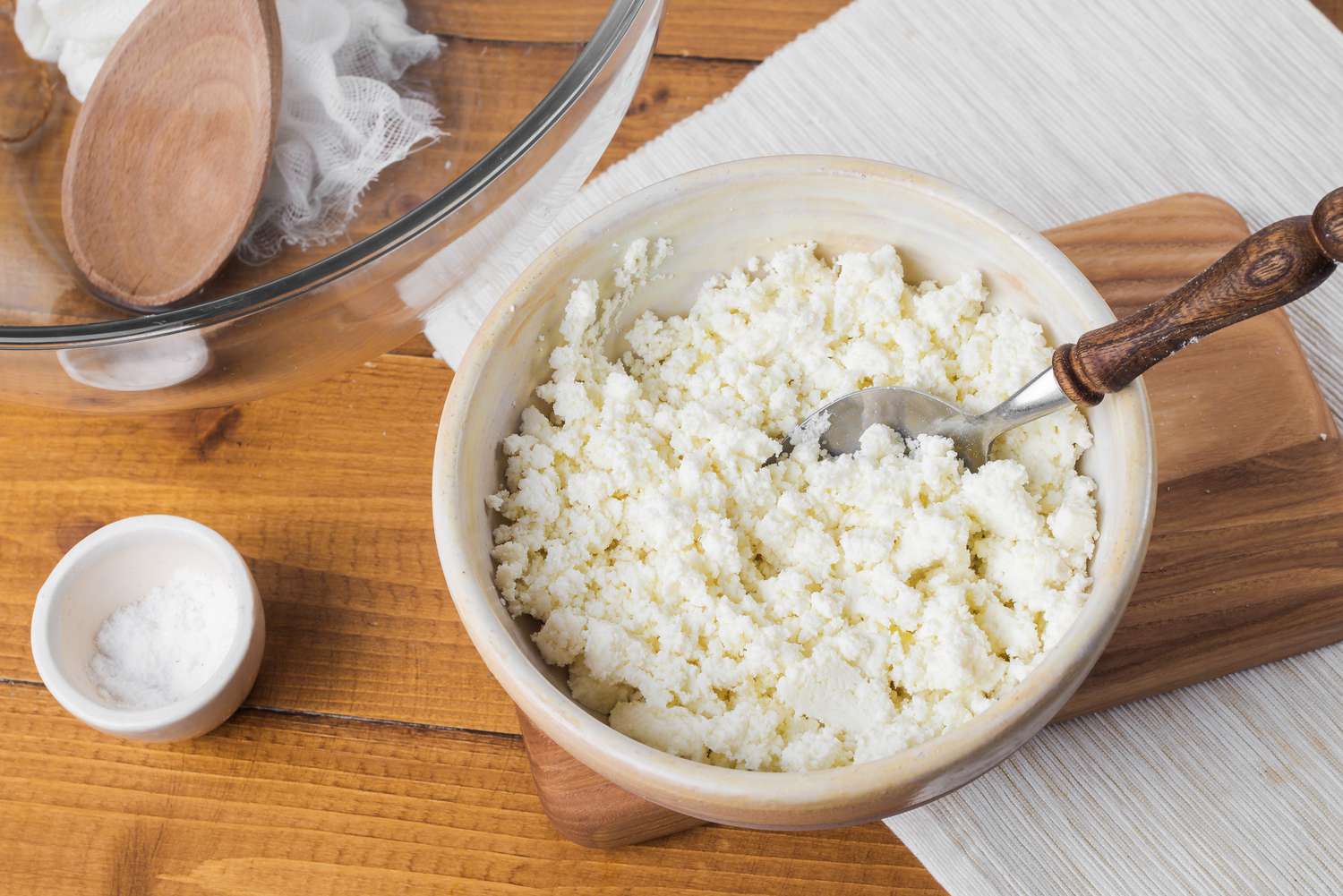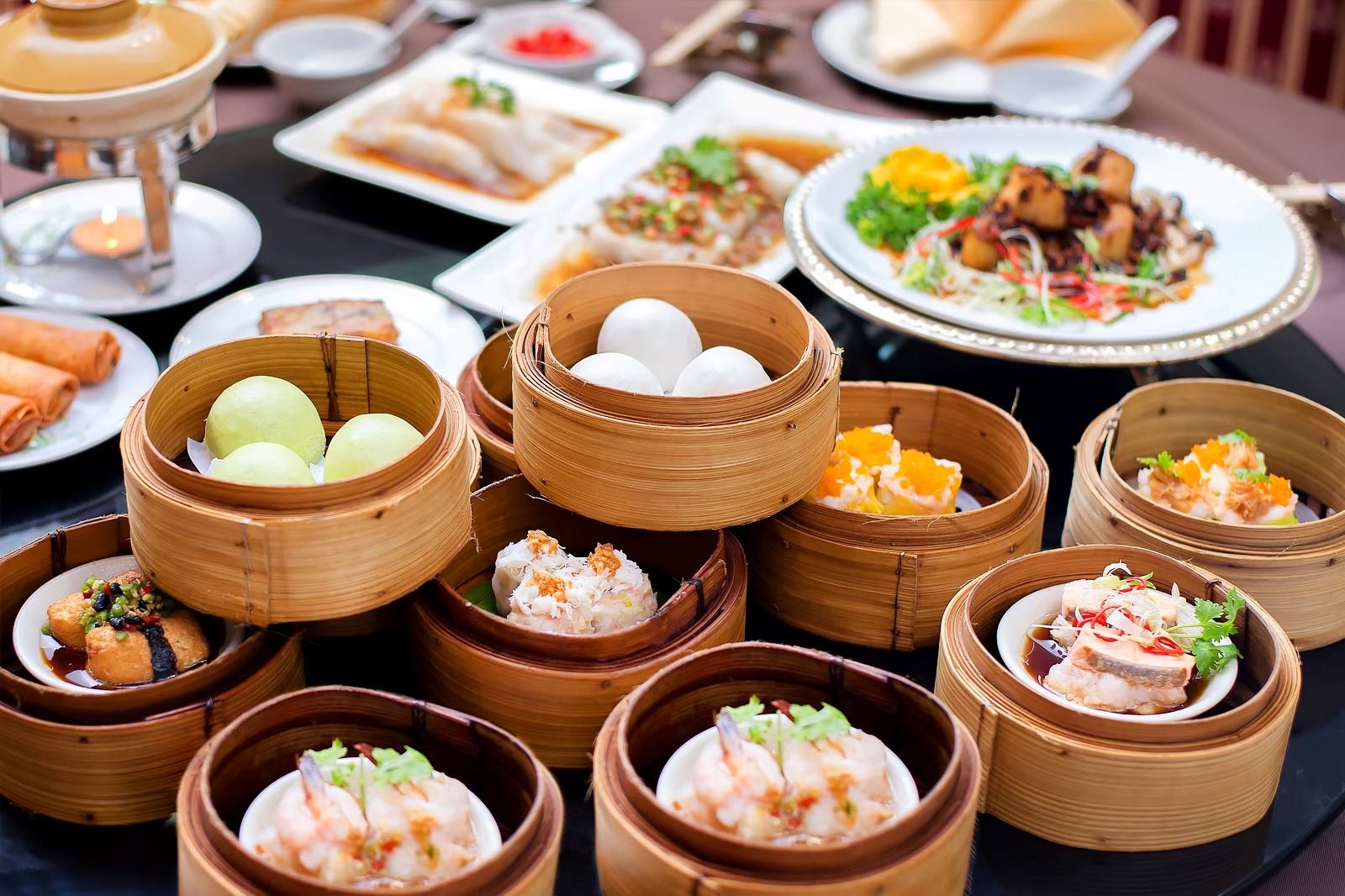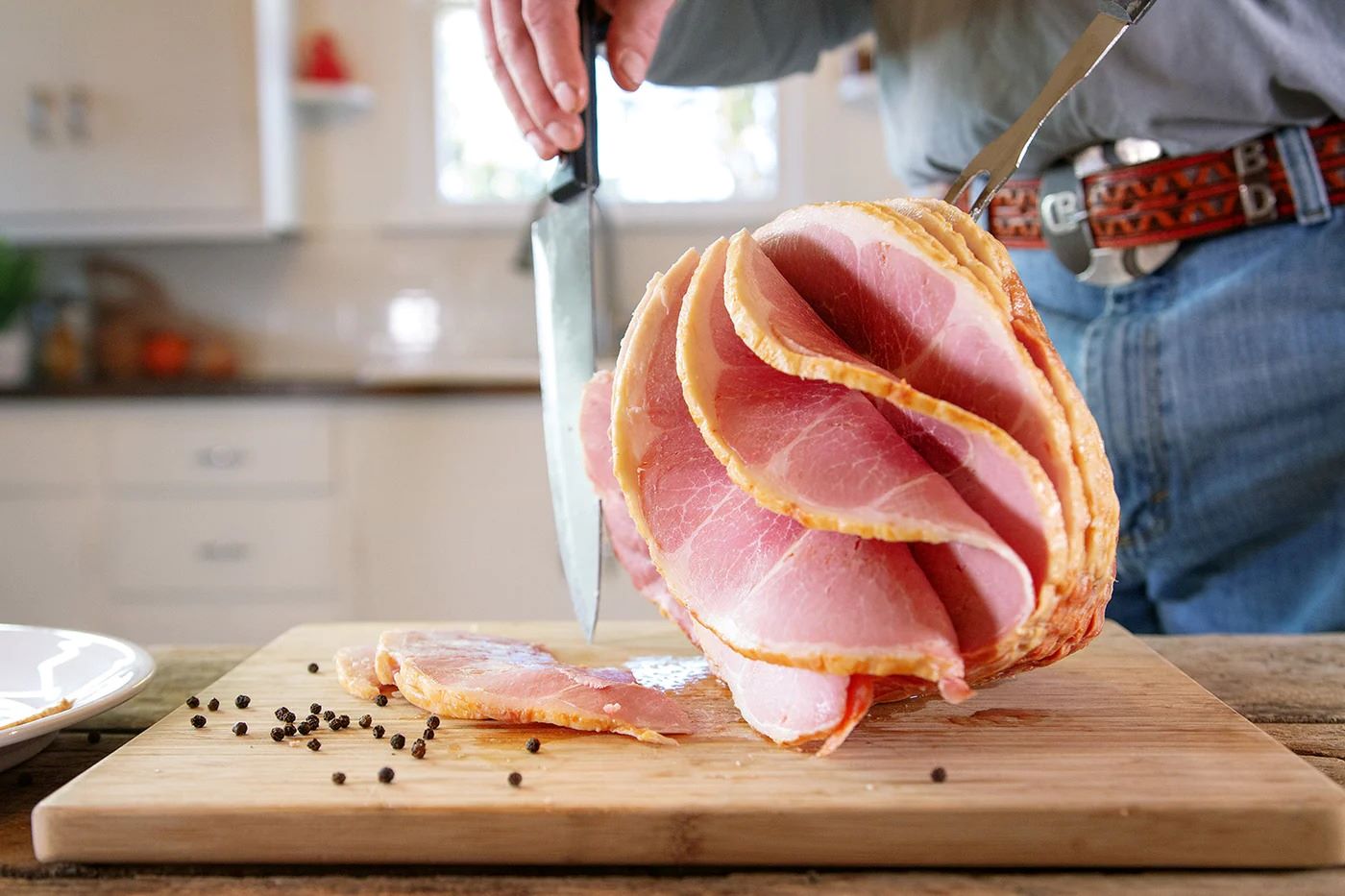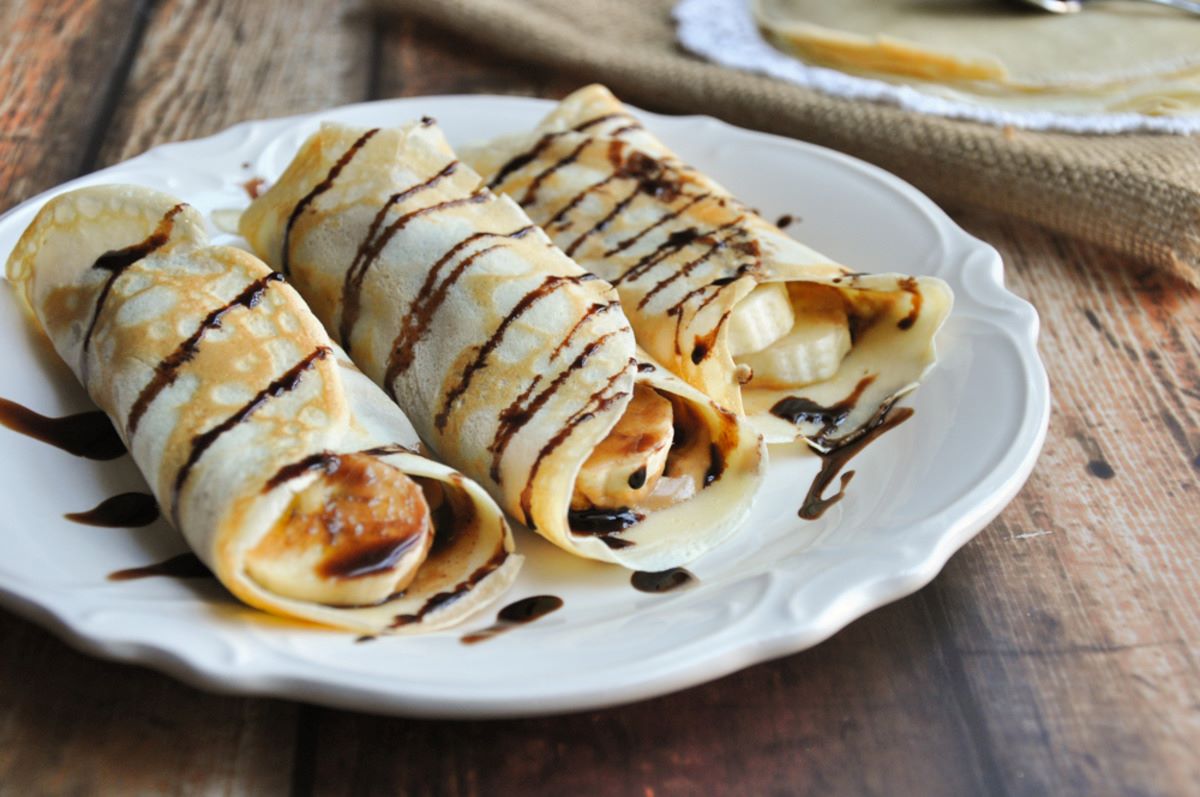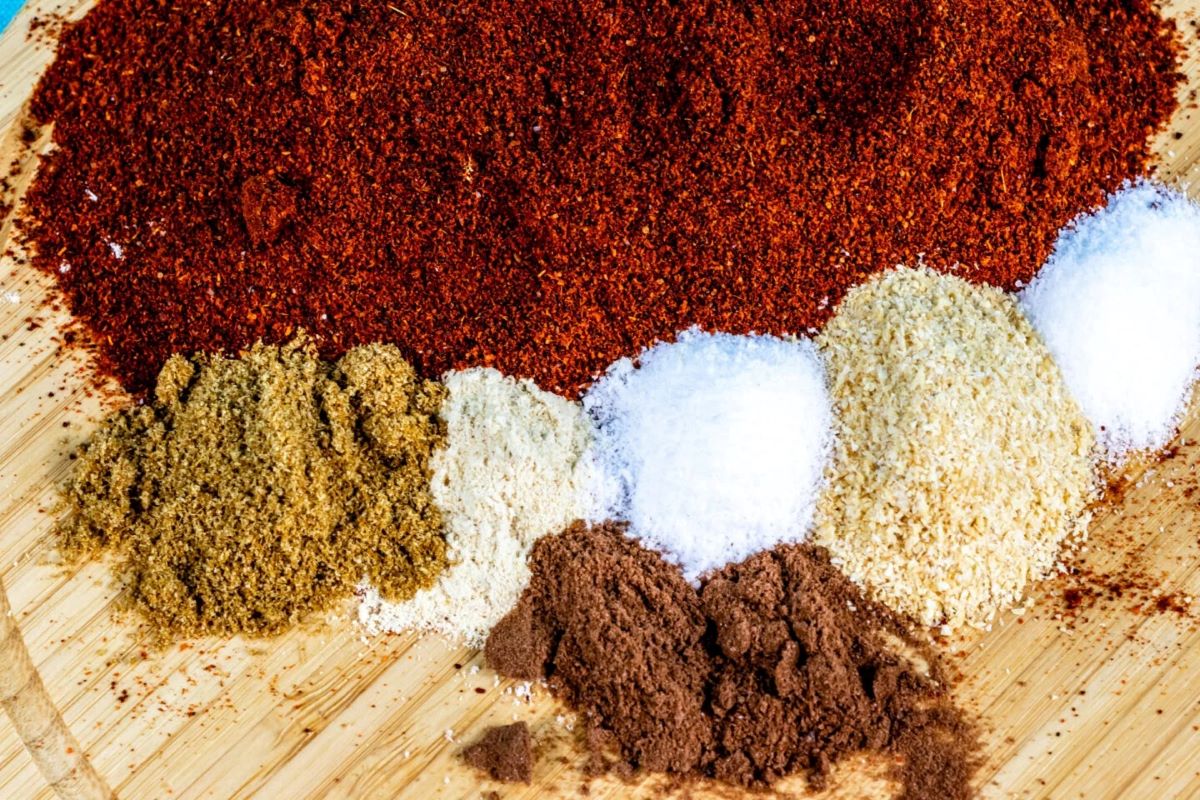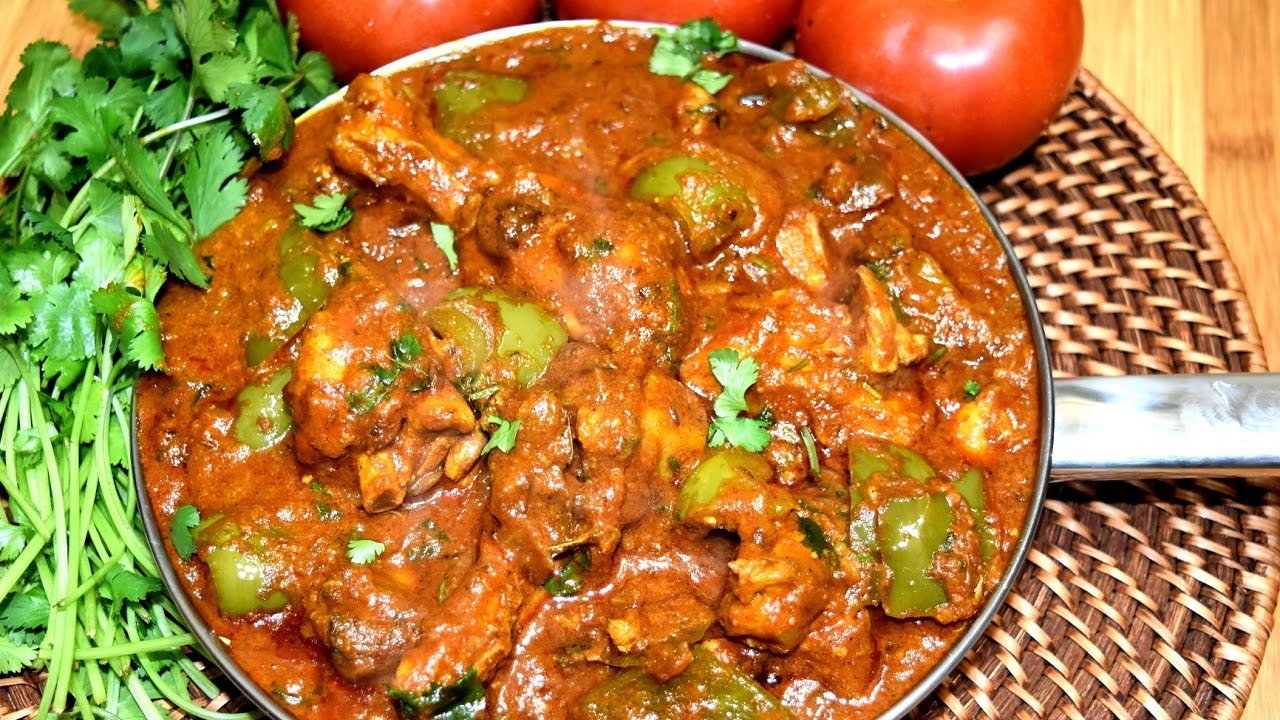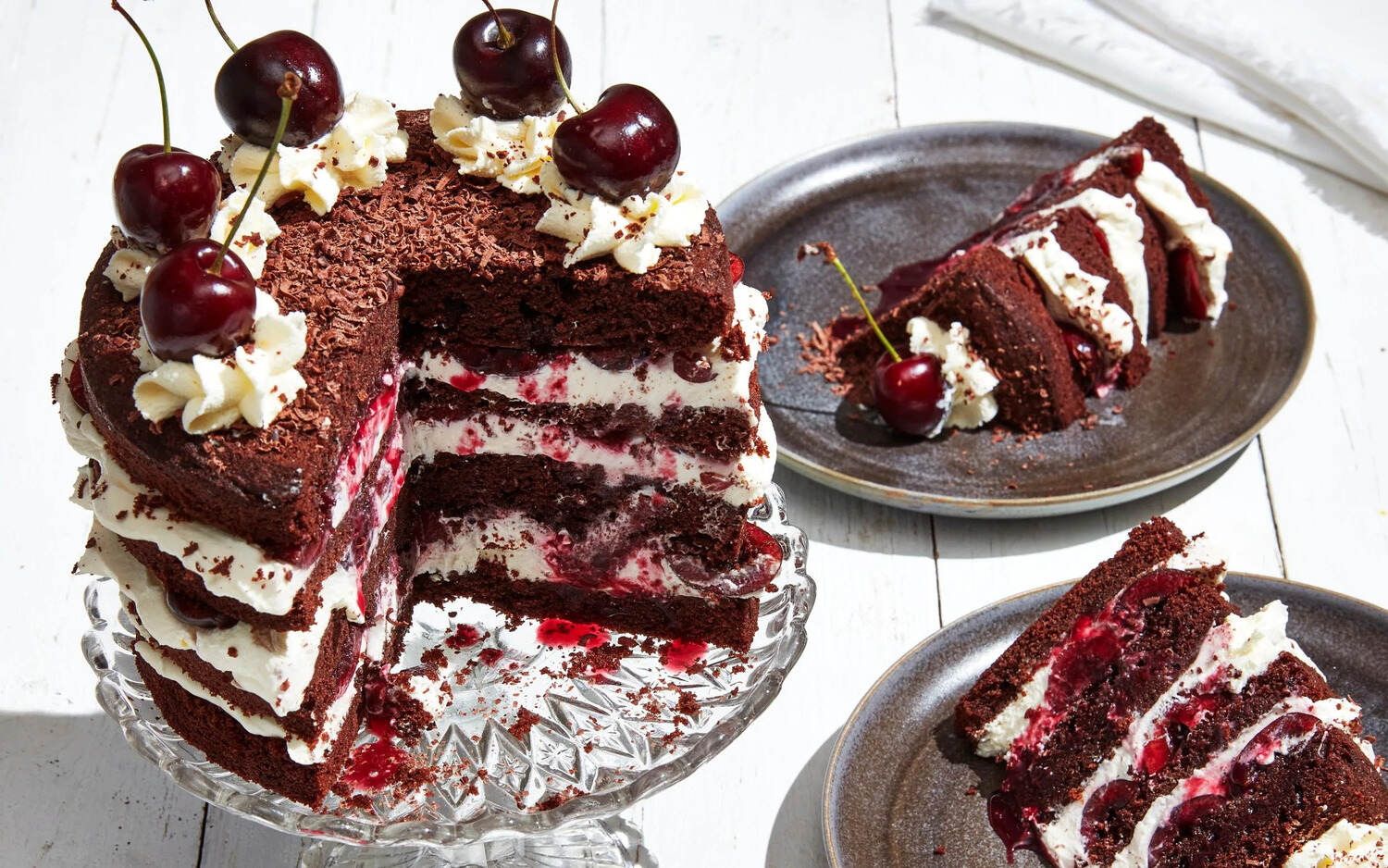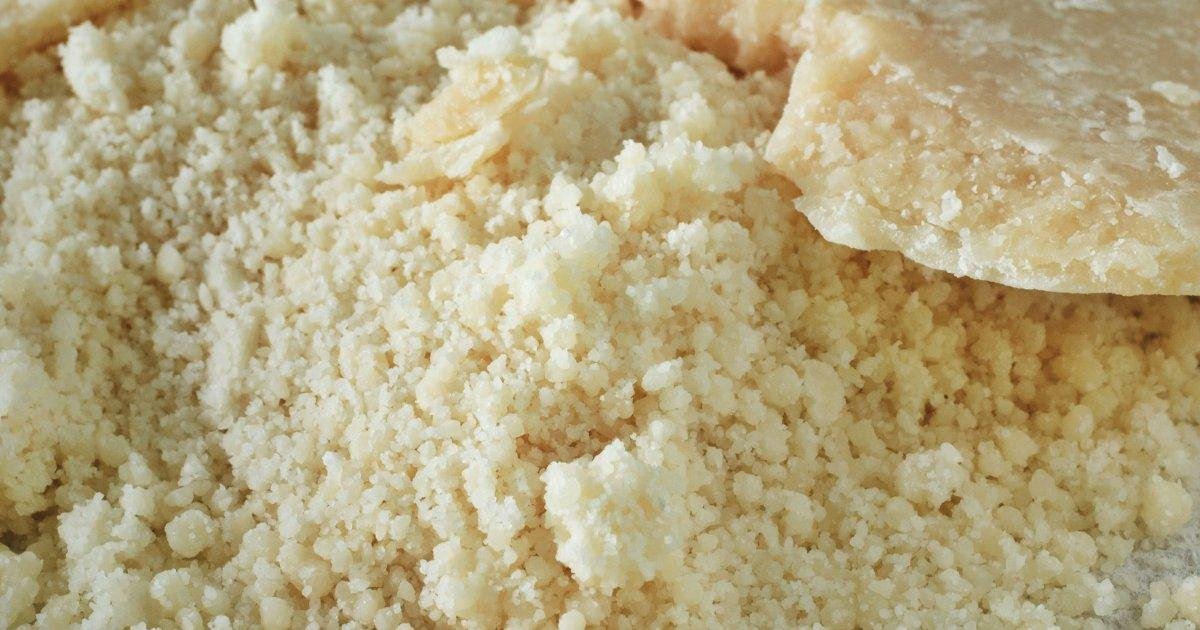Understanding Imitation Crab
Imitation crab, also known as surimi, is a popular seafood product that is made from a combination of finely pulverized white fish, such as Alaskan pollock, and other ingredients to mimic the taste and texture of real crab meat. It is a versatile ingredient that is commonly used in sushi, salads, and seafood dishes. When it comes to choosing the best imitation crab, there are several factors to consider.
Quality and Ingredients
When selecting the best imitation crab, it’s essential to consider the quality and ingredients used in the product. Look for options that use high-quality white fish, such as Alaskan pollock, as the primary ingredient. Additionally, avoid products that contain artificial flavors, colors, and excessive amounts of preservatives. Opt for imitation crab that uses natural ingredients and minimal additives for a more authentic taste and healthier option.
Texture and Flavor
The best imitation crab should closely resemble the texture and flavor of real crab meat. It should have a firm and slightly chewy texture, similar to that of fresh crab, and a sweet, delicate flavor. When shopping for imitation crab, consider trying different varieties to determine which one best replicates the taste and texture of real crab. Look for options that offer a satisfying and enjoyable eating experience.
Product Varieties
Imitation crab is available in various forms, including sticks, flakes, and chunks. Each variety is suitable for different culinary applications. Crab sticks are commonly used in sushi rolls and can be easily shredded or sliced for salads and appetizers. Crab flakes are ideal for adding to soups, dips, and casseroles, while crab chunks are perfect for showcasing the texture and appearance of crab in seafood dishes. Consider the intended use of the imitation crab when choosing the best variety for your recipes.
Brand Reputation
When it comes to purchasing imitation crab, considering the reputation of the brand is crucial. Look for well-established and reputable brands that are known for producing high-quality seafood products. Reading customer reviews and seeking recommendations from fellow food enthusiasts can also help in identifying the best imitation crab options available in the market.
Health Considerations
While imitation crab is a convenient and affordable alternative to real crab meat, it’s essential to consider the nutritional aspects of the product. Check the nutritional information and ingredients list to ensure that the imitation crab is low in saturated fat, cholesterol, and sodium. Additionally, consider options that are gluten-free and suitable for individuals with specific dietary restrictions or preferences.
Conclusion
Choosing the best imitation crab involves considering factors such as quality, texture, flavor, product varieties, brand reputation, and health considerations. By being mindful of these aspects, you can select an imitation crab product that closely resembles the taste and texture of real crab while meeting your culinary and dietary needs. Whether you’re creating a delectable seafood salad or preparing a flavorful sushi roll, the right imitation crab can elevate your dishes with its delicious and versatile characteristics.
Was this page helpful?
Read Next: What Is The DQ Shakes Menu
